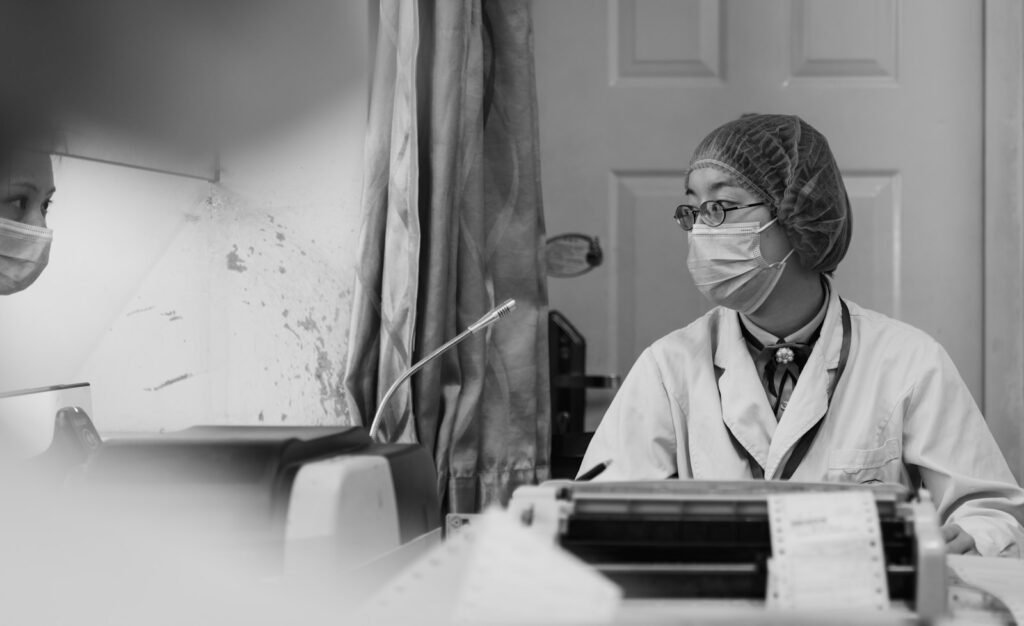The morning Marie Curie first held a piece of radium in her bare hands, she couldn’t have known that this moment would change the course of scientific history forever. What she felt wasn’t just the physical warmth of radioactive decay, but the spark of curiosity that would drive her to two Nobel Prizes and revolutionize our understanding of atomic physics. This intersection of personal experience and scientific breakthrough isn’t coincidental—it’s the very foundation upon which innovation is built.
Every groundbreaking discovery begins with a moment of wonder, a personal encounter that transforms the ordinary into the extraordinary. When Charles Darwin first set foot on the Galápagos Islands, he wasn’t just observing finches; he was experiencing a revelation that would challenge everything humanity thought it knew about life itself. These pivotal moments remind us that science isn’t born in sterile laboratories or abstract theories—it emerges from the raw, unfiltered experiences of individuals who dare to question what they see.
The Childhood Playground of Scientific Minds
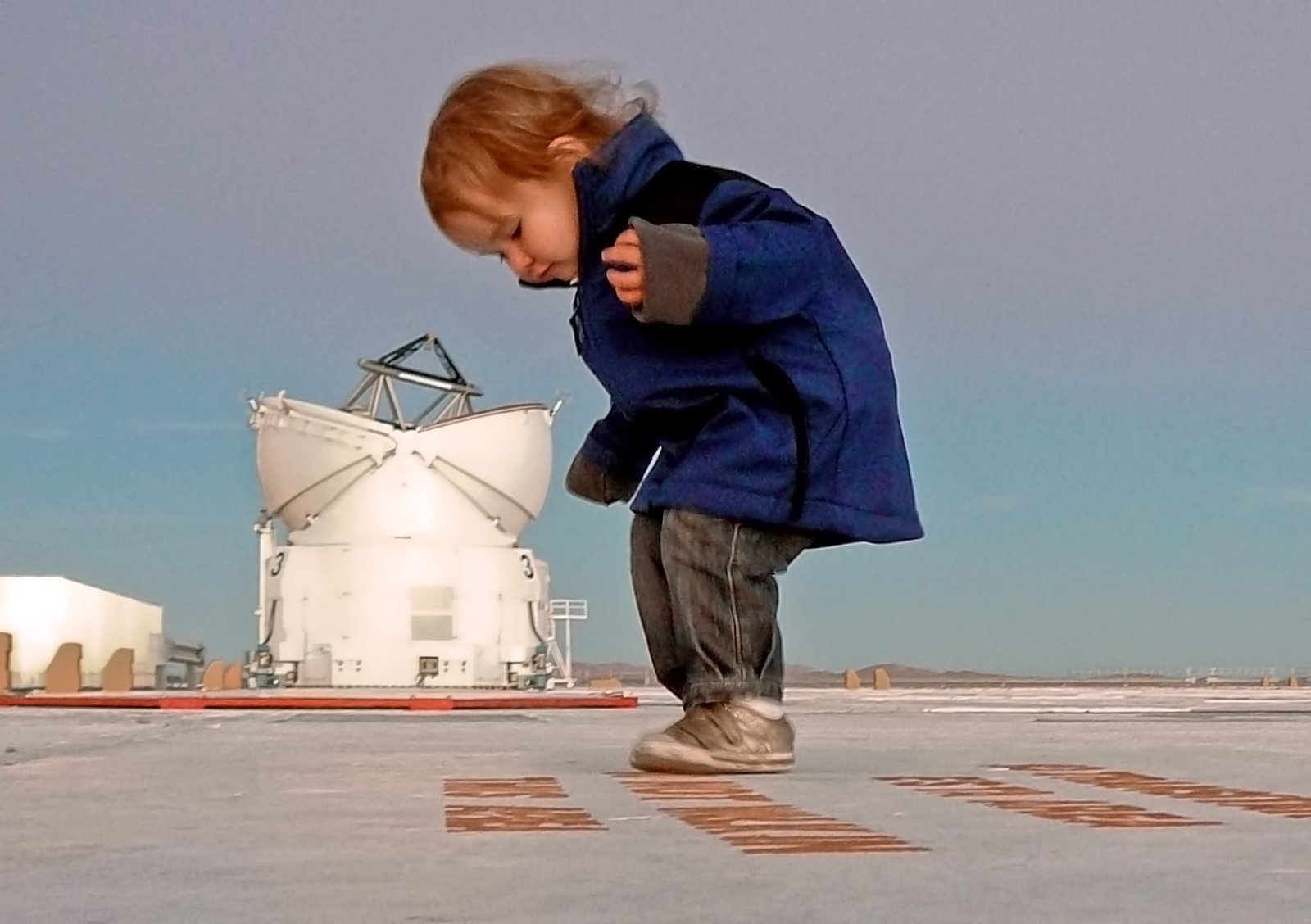
Some of history’s greatest scientists trace their revolutionary ideas back to childhood experiences that most adults would dismiss as trivial. Albert Einstein’s fascination with a compass his father gave him at age five became the foundation for his later theories about invisible forces and the fabric of space-time. The young boy who wondered why the needle always pointed north would grow up to reshape our understanding of the universe itself.
Children possess an natural advantage in scientific thinking that adults often lose: they haven’t yet learned what’s “impossible.” When a six-year-old asks why the sky is blue or how birds know where to fly, they’re not just making conversation—they’re engaging in the same fundamental questioning that drives scientific inquiry. This childlike wonder, when nurtured and preserved, becomes the wellspring from which innovation flows.
The playground becomes a laboratory where future scientists learn to observe, hypothesize, and experiment without even realizing it. Rolling a ball down a slide teaches physics, watching ants carry food demonstrates complex systems, and mixing mud pies introduces basic chemistry. These early experiences create neural pathways that will later support sophisticated scientific reasoning.
When Personal Tragedy Becomes Scientific Motivation
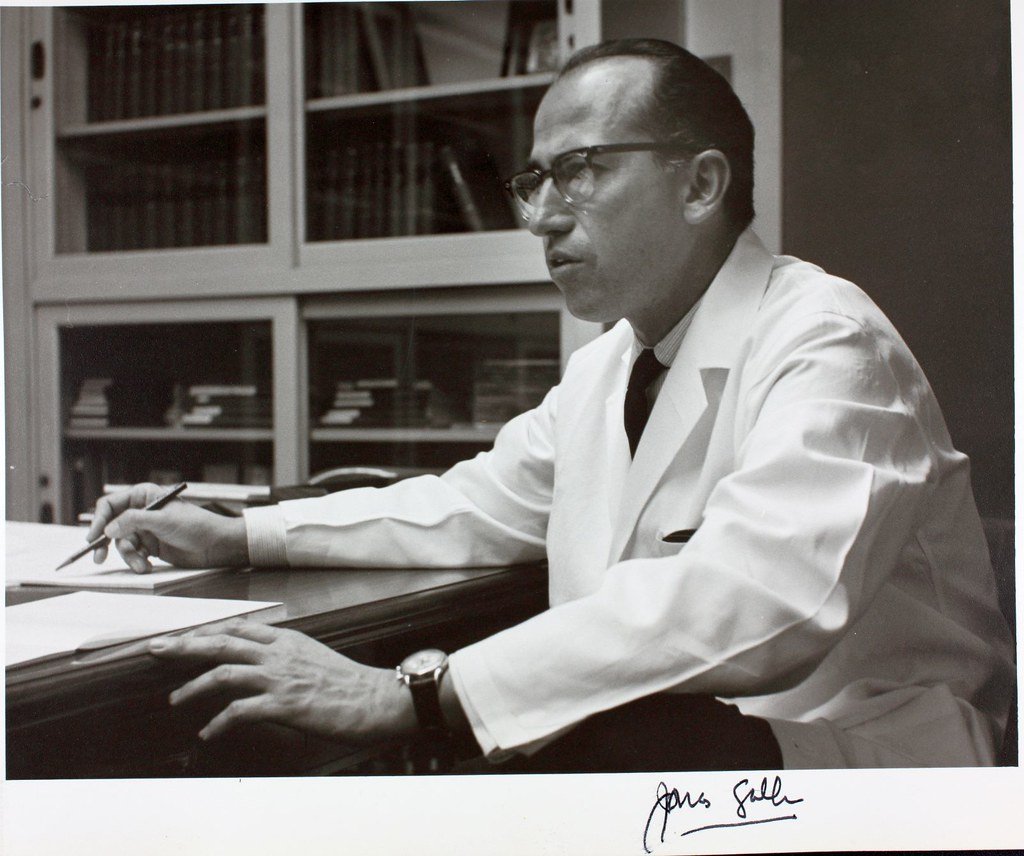
The most profound scientific breakthroughs often emerge from personal loss and adversity. Jonas Salk’s relentless pursuit of a polio vaccine was driven not just by scientific curiosity, but by witnessing the devastating effects of the disease on children in his community. His personal connection to the suffering transformed what could have been academic research into a passionate mission to save lives.
Similarly, many cancer researchers began their careers after losing loved ones to the disease. The emotional weight of personal loss provides a motivation that pure intellectual curiosity cannot match. This emotional investment doesn’t compromise scientific rigor—it enhances it by providing the persistence needed to overcome inevitable setbacks and failures.
The transformation of grief into scientific purpose creates a unique form of resilience. When experiments fail or funding gets cut, researchers driven by personal experience find ways to continue because their work isn’t just about career advancement—it’s about preventing others from experiencing the same loss they endured.
Cultural Background as Scientific Lens

The cultural context in which scientists grow up profoundly shapes their approach to research and the questions they choose to pursue. Indigenous knowledge systems, passed down through generations of careful observation, have contributed invaluable insights to modern medicine and environmental science. When Tu Youyou won the Nobel Prize for discovering artemisinin, she was drawing on centuries of traditional Chinese medicine that her cultural background had exposed her to.
Different cultures emphasize different ways of understanding the natural world, and these perspectives can reveal blind spots in Western scientific thinking. The holistic approach common in many Eastern philosophies leads to research questions that reductionist Western science might overlook. This cultural diversity in scientific thinking isn’t just politically correct—it’s scientifically essential.
Scientists who bridge multiple cultural perspectives often make the most innovative connections. Their ability to see problems through different cultural lenses allows them to identify solutions that others miss, creating breakthroughs that seem obvious only in retrospect.
Geographic Influence on Scientific Observation
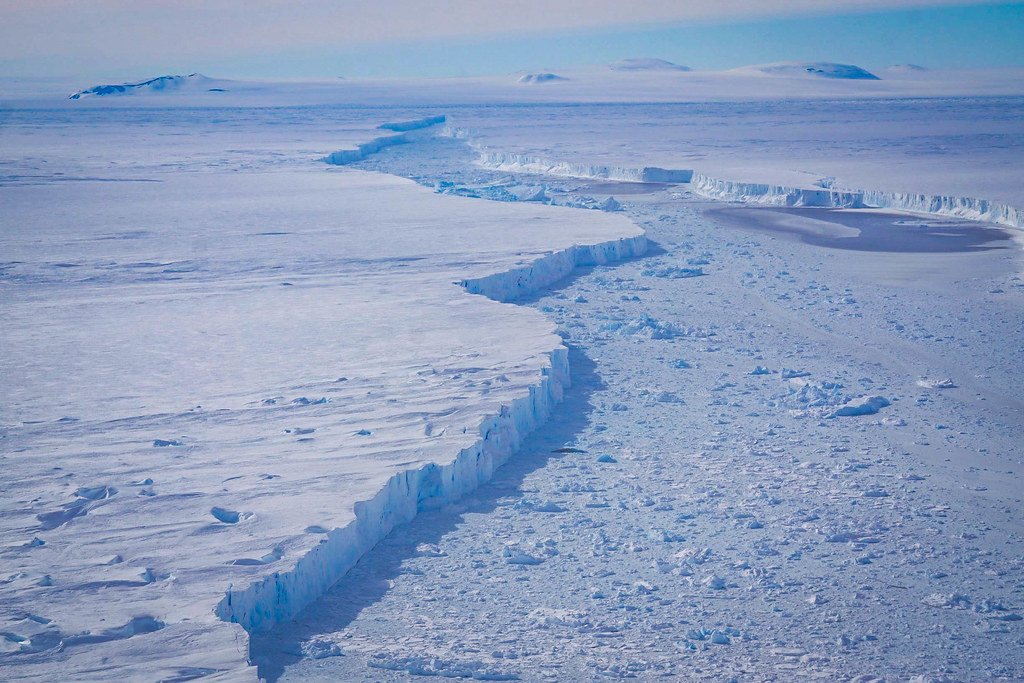
The landscape where scientists spend their formative years inevitably influences their research focus and methodology. Charles Darwin’s voyage on the Beagle exposed him to biodiversity that British naturalists had never imagined, fundamentally altering his understanding of species variation. Without this geographic exposure, evolutionary theory might have taken decades longer to develop.
Scientists who grow up in different climates, ecosystems, or geological settings develop intuitive understanding of natural processes that textbooks can’t teach. A geologist who grew up in earthquake-prone regions has a visceral understanding of seismic activity that informs their research in ways that purely academic training cannot provide.
Even urban versus rural upbringings shape scientific perspective. City-raised scientists often focus on human-environment interactions and technological solutions, while those from rural backgrounds tend to emphasize ecological relationships and natural systems. Neither perspective is superior, but the combination of both creates more comprehensive scientific understanding.
The Role of Failure in Shaping Innovation
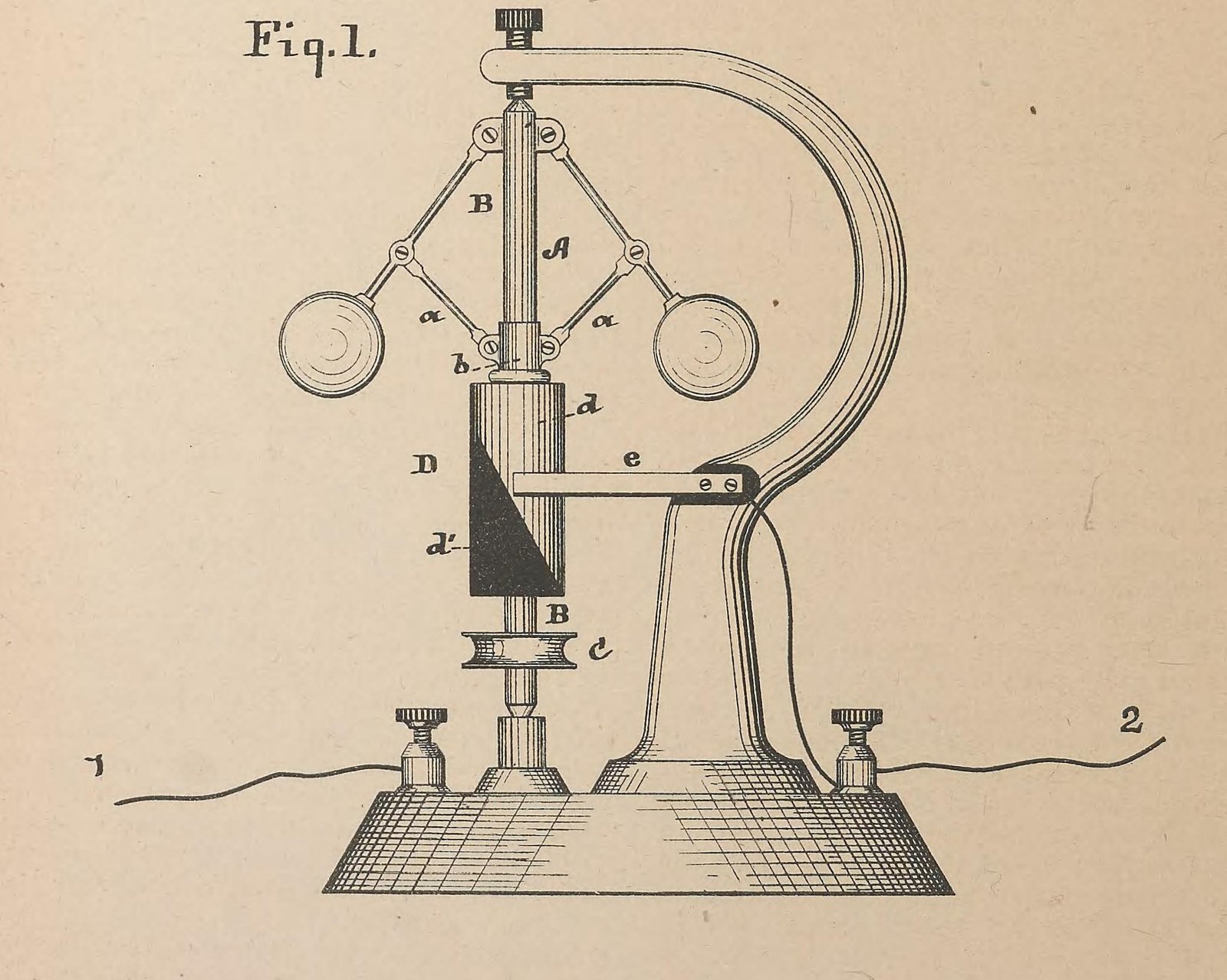
Personal experiences of failure often become the catalyst for scientific breakthroughs. When Thomas Edison’s first light bulb designs failed repeatedly, each failure taught him something crucial about electrical conductivity and materials science. His famous quote about finding 10,000 ways that don’t work reflects how personal experience with failure becomes scientific wisdom.
Failure forces scientists to question their assumptions and explore alternative approaches. The emotional sting of a failed experiment can be more educational than success because it demands deep reflection and creative problem-solving. Scientists who have experienced significant failures often develop more robust methodologies and more innovative solutions.
The key difference between scientists who let failure derail them and those who use it as fuel lies in their personal relationship with uncertainty. Those who learned early in life that failure is information rather than judgment develop the resilience needed for long-term scientific success.
How Physical Disabilities Spark Scientific Creativity
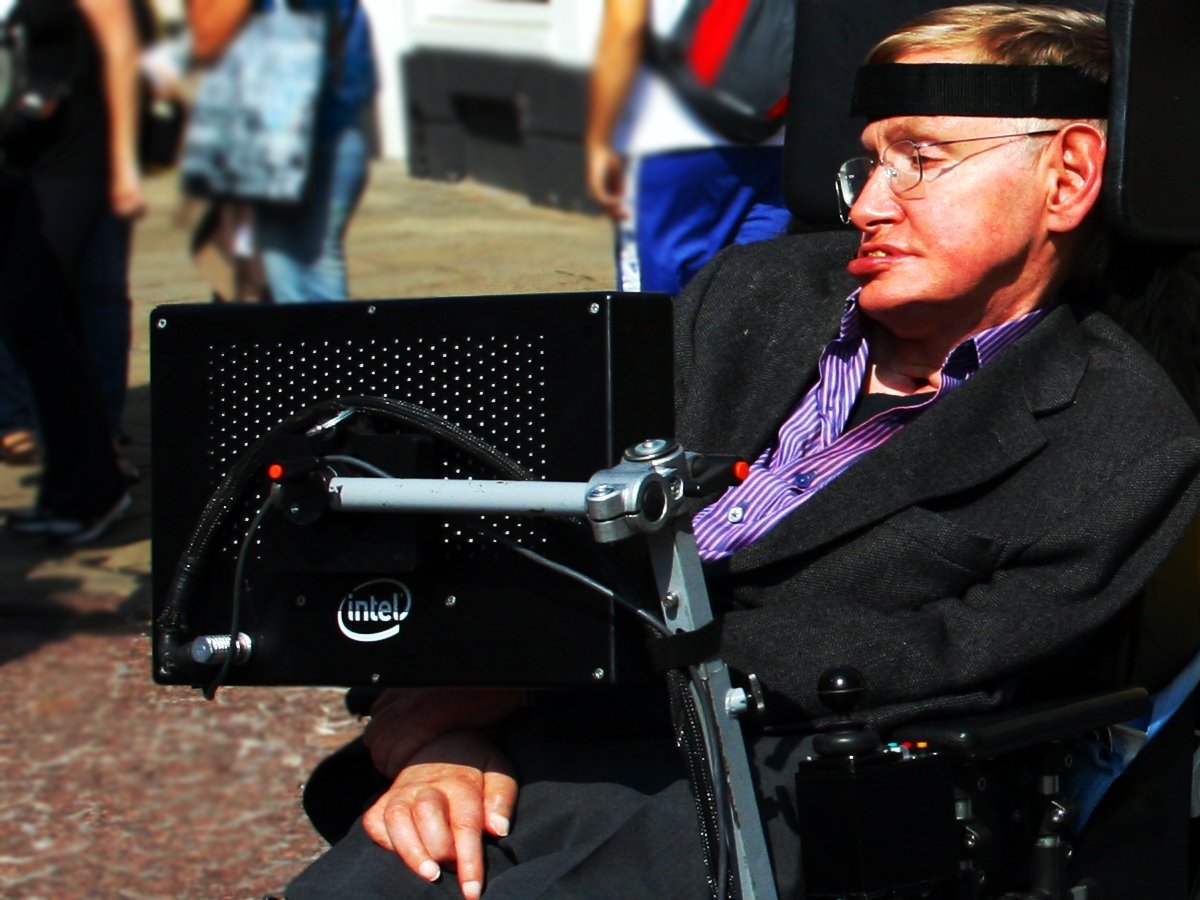
Physical limitations often lead to scientific innovations that benefit everyone. Stephen Hawking’s ALS didn’t just force him to think differently about communication—it led to insights about black holes that revolutionized theoretical physics. His physical constraints freed his mind to explore concepts that might have remained abstract to someone without his unique perspective.
Scientists with disabilities often develop compensatory skills that become scientific advantages. A researcher with impaired vision might develop enhanced spatial reasoning, while someone with mobility limitations might excel at pattern recognition and theoretical modeling. These adaptations create cognitive strengths that contribute to scientific breakthrough.
The assistive technologies developed for personal use often find broader applications in scientific research. Equipment designed to help disabled scientists participate in research frequently becomes standard laboratory tools that benefit the entire scientific community.
Religious and Spiritual Experiences as Scientific Catalysts

Contrary to popular belief, religious and spiritual experiences have often catalyzed scientific discovery rather than hindered it. Gregor Mendel’s work with pea plants was partially motivated by his theological interest in understanding divine creation. His monastery garden became the birthplace of genetics because his spiritual practice emphasized careful observation and patient cultivation.
Many scientists describe moments of insight that feel almost mystical—sudden understanding that seems to come from beyond rational thought. These experiences, whether interpreted as divine inspiration or neurological processes, often mark the transition from incremental research to revolutionary discovery.
The contemplative practices common in many religious traditions develop mental skills that enhance scientific thinking: focused attention, systematic observation, and comfort with uncertainty. Scientists who maintain spiritual practices often report greater creativity and persistence in their research.
Economic Hardship as Innovation Driver

Some of history’s most resourceful scientific innovations have emerged from economic necessity. Marie Curie’s groundbreaking work with radioactive materials was conducted in a converted shed because she couldn’t afford proper laboratory facilities. These constraints forced her to develop innovative techniques that became standard practice in nuclear physics.
Poverty teaches scientists to be resourceful and creative with limited resources. Researchers who grew up in economically disadvantaged environments often develop elegant solutions that accomplish more with less. This skill becomes invaluable in scientific research, where funding is always limited and creativity is essential.
The maker movement and DIY science communities demonstrate how economic constraints can democratize innovation. When expensive equipment is unavailable, scientists learn to build their own tools and develop new methodologies that are often more efficient than traditional approaches.
Travel and Cultural Exchange in Scientific Development

Scientific innovation accelerates when researchers expose themselves to different cultures and environments. Alexander von Humboldt’s extensive travels led to insights about biogeography that wouldn’t have been possible from studying specimens in European museums. His personal experiences in diverse ecosystems created a holistic understanding of natural systems that influenced multiple scientific disciplines.
Modern scientific collaboration increasingly depends on cultural exchange and international partnerships. Scientists who have lived in multiple countries bring diverse perspectives to research problems and can identify solutions that might not occur to those with more limited experiences.
The discomfort of cultural displacement often stimulates creative thinking. When familiar patterns and assumptions are challenged by new environments, scientists develop more flexible thinking patterns that enhance their ability to generate innovative solutions.
Love and Relationships as Scientific Inspiration
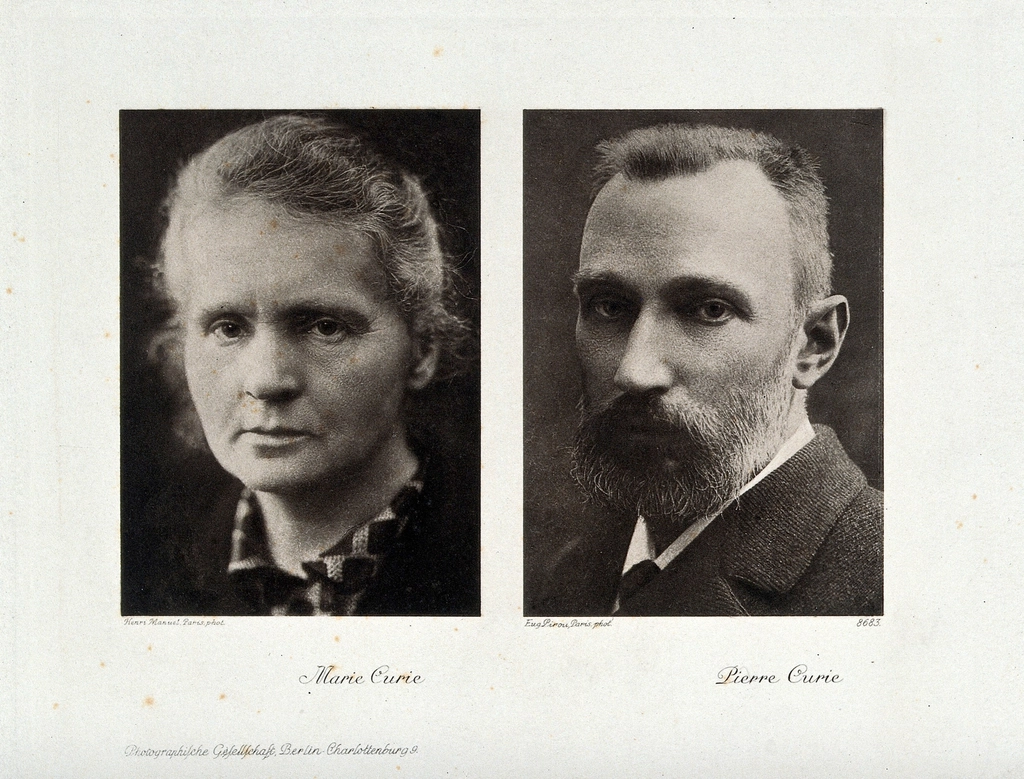
Personal relationships have inspired some of science’s most important discoveries. Pierre and Marie Curie’s partnership wasn’t just romantic—it was scientific collaboration that led to the discovery of polonium and radium. Their personal bond created a working relationship that neither could have achieved alone.
Love motivates scientists to pursue research that will benefit their loved ones. A parent whose child has a rare genetic condition might dedicate their career to understanding that specific disease. The emotional investment creates a level of commitment that pure professional interest cannot match.
Collaborative relationships, whether romantic or platonic, often produce scientific breakthroughs through the combination of different perspectives and skills. When two minds that trust each other completely work together, they can explore ideas that neither would attempt alone.
The Impact of Mentorship on Scientific Vision

Transformative mentorship experiences shape how scientists approach their entire careers. When Rachel Carson worked under marine biologist Mary Scott Skinker, she learned not just scientific techniques but a way of seeing the natural world that would later inspire “Silent Spring” and launch the environmental movement.
Great mentors don’t just teach technical skills—they model scientific thinking and curiosity. They demonstrate how to ask better questions, how to persist through setbacks, and how to maintain wonder in the face of complexity. These lessons become integrated into the student’s scientific identity.
The most influential mentors often challenge their students’ assumptions and push them beyond their comfort zones. They create safe spaces for intellectual risk-taking and provide the emotional support needed to pursue ambitious research goals.
How Hobbies Transform into Scientific Breakthroughs
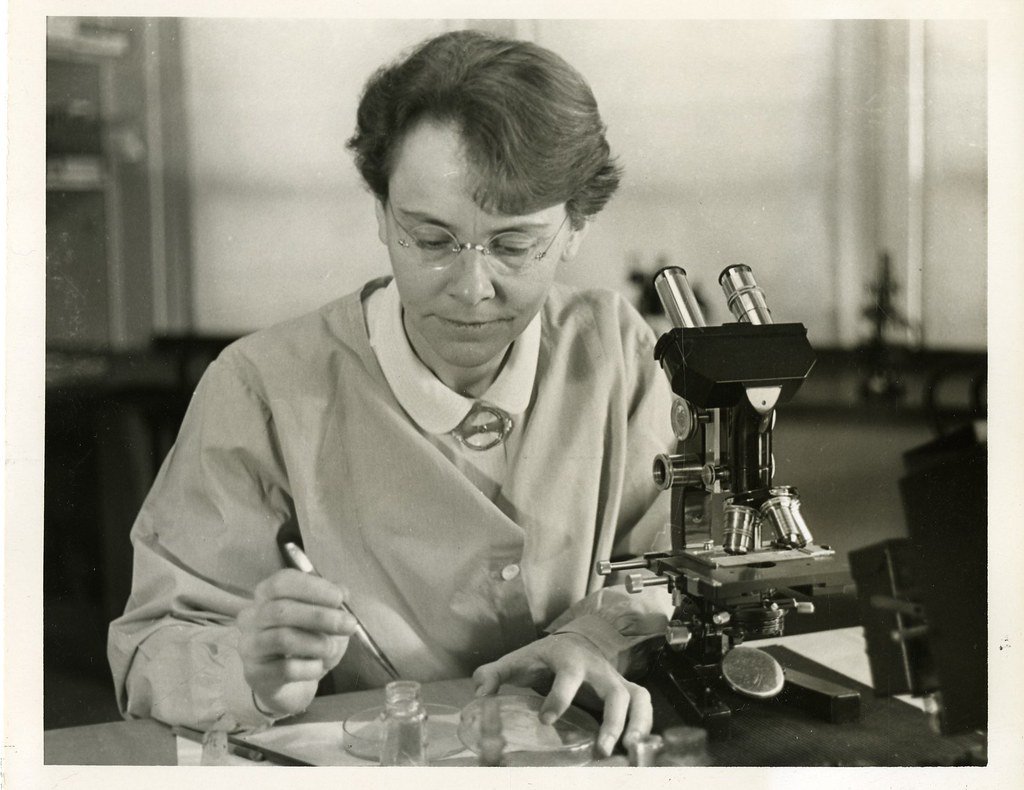
Many scientific discoveries have emerged from pursuits that began as hobbies or recreational interests. Barbara McClintock’s childhood love of solving puzzles led to her groundbreaking work on genetic transposition. Her ability to see patterns and solve complex problems, developed through play, became the foundation for Nobel Prize-winning research.
Hobbies develop skills and perspectives that formal education often overlooks. A scientist who builds model airplanes develops intuitive understanding of aerodynamics, while someone who gardens learns about plant biology and soil chemistry. These practical experiences provide insights that purely theoretical training cannot match.
The passion and persistence required to excel at hobbies translates directly to scientific research. Scientists who maintain strong hobby interests often bring more creativity and enthusiasm to their professional work because they understand the joy of discovery in multiple contexts.
Social Isolation and Scientific Breakthrough

Periods of social isolation, whether chosen or imposed, have often led to scientific breakthroughs. Isaac Newton’s most productive period came during the plague years when he was isolated at his family farm. Without social obligations and distractions, he developed calculus, formulated the laws of motion, and began his work on optics.
Isolation forces scientists to rely on their own thinking and observation rather than following established social patterns. This independence can lead to insights that would be impossible in more social environments where conformity pressure is stronger.
Modern scientists who deliberately seek periods of isolation often report increased creativity and breakthrough insights. The absence of external input allows internal connections to form that might otherwise be overwhelmed by information overload.
The Influence of Art and Creativity on Scientific Thinking

Scientists who engage seriously with artistic pursuits often develop enhanced creativity and pattern recognition skills. Einstein’s violin playing wasn’t just a hobby—it was a way of thinking about harmony and mathematical relationships that influenced his theoretical physics. The same mind that could appreciate musical structure could envision the elegant equations that describe reality.
Artistic training develops visual thinking skills that enhance scientific observation and hypothesis formation. Scientists who draw, paint, or sculpt often notice details and relationships that others miss because they’ve trained their minds to see more precisely.
The creative process in art mirrors the scientific method in many ways: observation, experimentation, revision, and breakthrough. Artists and scientists both work with uncertainty and ambiguity, developing comfort with the unknown that is essential for innovation.
Technology and Personal Computing Revolution
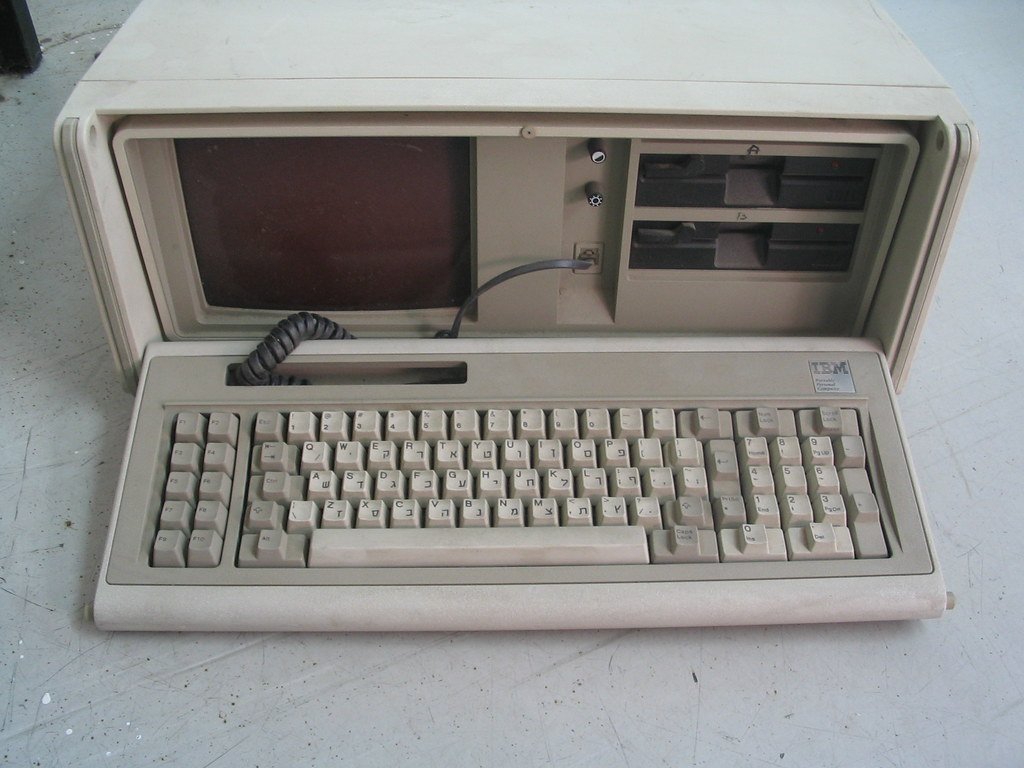
The personal computer revolution created a generation of scientists who grew up with computational thinking as a natural part of their mental toolkit. Scientists who learned to code as children approach research problems differently from those who adopted computers as adults. They see possibilities for simulation, modeling, and data analysis that weren’t apparent to earlier generations.
Early exposure to programming develops logical thinking patterns and comfort with abstract systems that enhance scientific reasoning. Scientists who grew up with computers often excel at identifying patterns in complex data and developing algorithmic solutions to research problems.
The democratization of computing power has enabled citizen science and DIY research that was impossible before personal computers. Scientists can now conduct sophisticated analyses and simulations that previously required institutional resources, leading to more diverse and innovative research.
Environmental Changes and Scientific Awareness
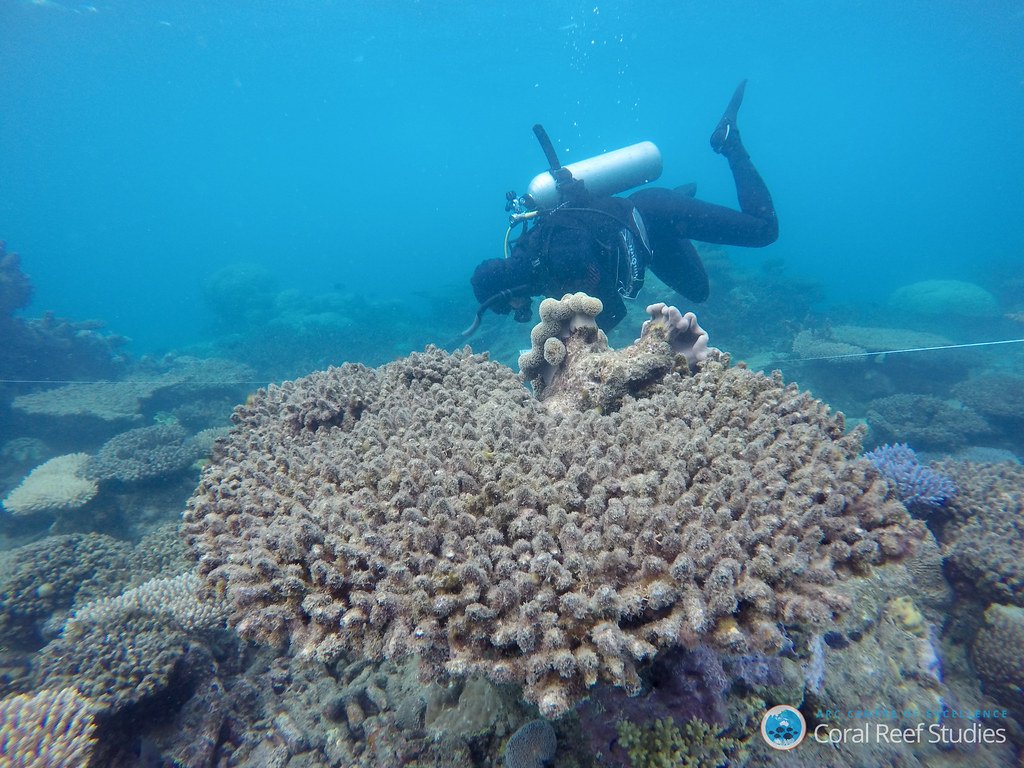
Scientists who have personally witnessed environmental changes often bring unique urgency and insight to their research. A marine biologist who has watched coral reefs bleach over decades of diving has a visceral understanding of climate change that laboratory data alone cannot provide. This personal experience creates emotional investment that sustains long-term research commitment.
Environmental changes force scientists to develop new methodologies and ask different questions. When familiar ecosystems shift or disappear, researchers must adapt their approaches and explore previously unconsidered possibilities.
The emotional impact of witnessing environmental degradation often motivates scientists to communicate their findings more effectively to public audiences. Personal experience with loss creates passion for education and advocacy that purely academic researchers might lack.
The Digital Age and Information Overload

Scientists who came of age during the information revolution have developed different research strategies and thinking patterns from earlier generations. They’ve learned to navigate vast amounts of information quickly and identify relevant patterns in complex datasets. This skill has become essential for modern research where information abundance can be as challenging as information scarcity.
The ability to synthesize information from multiple sources and identify connections across disciplines has become a crucial scientific skill. Scientists who developed these abilities through personal experience with digital information often excel at interdisciplinary research and innovation.
However, information overload can also inhibit deep thinking and contemplation. Scientists who learned to focus and think deeply before the digital age often maintain advantages in theoretical work that requires sustained concentration and reflection.
Personal Health Challenges and Medical Innovation

Many medical breakthroughs have emerged from researchers’ personal health challenges or those of their loved ones. When Paul Janssen’s father suffered from depression, it motivated him to develop new psychiatric medications that revolutionized mental health treatment. Personal experience with illness provides insight into patient needs that academic study alone cannot provide.
Living with chronic conditions often teaches scientists to think creatively about solutions and adaptations. The daily experience of managing health challenges develops problem-solving skills and resilience that enhance research capabilities.
Patient-researchers who study their own conditions bring unique perspectives to medical research. They understand the lived experience of illness in ways that external observers cannot, leading to research questions and solutions that might otherwise be overlooked.
The Future of Experience-Driven Innovation

As virtual and augmented reality technologies develop, scientists are gaining access to experiences that would have been impossible for previous generations. Researchers can now “walk” through molecular structures, experience geological processes over accelerated time scales, and observe phenomena at scales from subatomic to cosmic. These new experiential tools are creating unprecedented opportunities for scientific insight and discovery.
The democratization of scientific tools and information means that transformative experiences are becoming available to more diverse populations. Citizen science projects allow people with unique life experiences to contribute to research in ways that were previously impossible.
The integration of artificial intelligence and machine learning with human experience is creating new possibilities for scientific discovery. AI can process vast amounts of data, but human experience provides the context, creativity, and intuition needed to identify meaningful patterns and generate innovative hypotheses.
Conclusion: The Irreplaceable Value of Human Experience

The relationship between personal experience and scientific innovation reveals a fundamental truth about human creativity: our most profound insights emerge not from detached observation but from engaged participation in the world around us. Every scientist’s journey begins with a moment of wonder, a personal encounter that transforms curiosity into lifelong pursuit. These experiences don’t just provide motivation—they provide the unique perspective that makes breakthrough discoveries possible.
The diversity of human experience ensures that science continues to evolve and address new challenges. As our world becomes increasingly complex and interconnected, we need scientists who bring different backgrounds, perspectives, and experiences to research problems. The future of scientific innovation depends not on creating more standardized researchers, but on celebrating and leveraging the full spectrum of human experience.
In an age of big data and artificial intelligence, the human element of science becomes more valuable, not less. Machines can process information and identify patterns, but they cannot provide the creative leaps, emotional insights, and intuitive understanding that emerge from lived experience. The scientists who will solve tomorrow’s challenges are those who maintain connection to their personal experiences while developing the skills to translate those insights into rigorous research.
What personal experience sparked your own curiosity about the natural world, and how might that moment of wonder contribute to humanity’s next great discovery?

